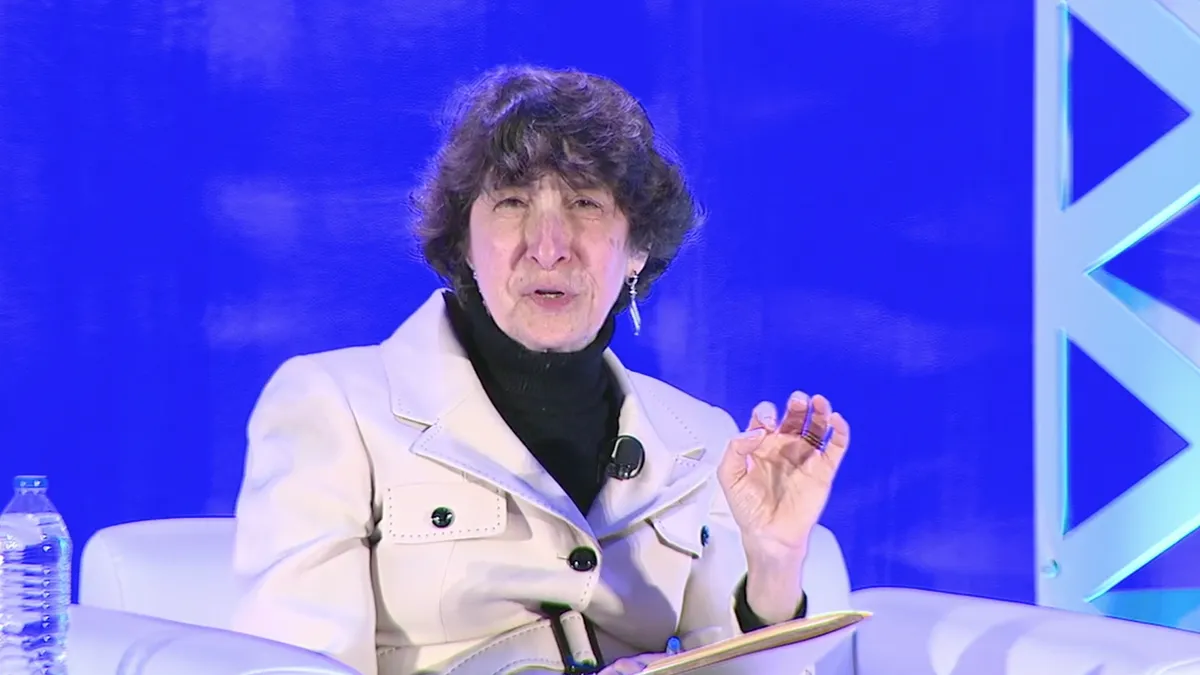Editor's note: Katie Clarey is one year into covering HR and continues to educate herself and readers on the building blocks of the field with her series, Back to Basics. If you're new to HR (or just need a little refresher), follow along as she speaks with experts and lays out the basics of federal employment law. She can be reached at [email protected].
Meet Rosa, a worker at a shoe store. Rosa stands for the entirety of her eight-hour shifts due to the store's no-sitting policy. After a couple months of sore feet and aching knees, she joins up with a co-worker and asks the store manager to change the policy. The manager wonders how to handle this, remembering that training covered something about workers' rights to ask for better conditions.
The manager's instinct is a good one. Were he to discipline the employees for their suggestion, he may have violated the National Labor Relations Act (NLRA). Congress enacted this law in 1935 to "protect the rights of employees and employers, to encourage collective bargaining, and to curtail certain private sector labor and management practices, which can harm the general welfare of workers, businesses and the U.S. economy," according to the agency that enforces it, the National Labor Relations Board (NLRB).
For managers like the shoe store's and other workforce leaders, it's important to understand the NLRA in terms of the workers it covers, the rights it protects and how it is enforced.
Understand when the NLRA matters
It's easier to consider which workers the NLRA excludes to determine which ones fall under its coverage. The NLRA does not cover public-sector employees, agricultural and domestic workers, independent contractors, employees working for their parents or spouses, workers for air and rail carriers covered by the Railway Labor Act, and supervisors, according to the NLRB. (However, the NLRB stipulates that supervisors may be covered if they are discriminated against for refusing to breach the NLRA.)
That leaves many workers whose rights "to improve their wages and working conditions" the law protects. Specifically, those rights include organization, collective bargaining and concerted activity, as well as the right to refrain from such activities, according to the NLRB.
To respect these rights, employers need to understand what they are and what kinds of actions can violate them, Fisher Phillips Partner Jazmyn Stover told HR Dive in an interview.
Get to know your union
Non-unionized employers may not know what unionization involves, Stover said. This could make them unprepared for organization if it happens.
Employees may unionize if a majority of them want to, according to the NLRB. This can happen in two ways.
If at least 30% of employees sign a petition or cards saying they desire a union, the NLRB will hold an election. Then, if a majority of voters choose to unionize, the Board will certify the union as the representative for collective bargaining.
The employer can also choose to recognize a union upon seeing evidence that most employees want one. Once this happens, the employer must bargain over the terms and conditions of employment with the union's representative.
Employers may not "encourage or discourage membership in any labor organization," the Act says. This means employers cannot, for example, "discharge, constructively discharge, suspend, lock out, lay off, fail to recall from layoff, demote, discipline, or take any other adverse action against employees because they support the union or engage in union activities," according to the NLRB. Section 8(a)(3) of the NLRA prohibits employers from taking other actions that could chill union activity.
Beware the new water cooler
Many employees still have rights under the NLRA, even when unions are absent. Employees have the right to engage in something called concerted activity, when "two or more employees take action for their mutual aid or protection regarding terms and conditions of employment," the NLRB says.
As a part of concerted activity, employees may discuss work-related issues or ask their employers about improving pay and other workplace conditions, for example. "You're able to discuss the terms and conditions of your employment for the betterment of the group," Stover said.
Concerted activity used to be what lawyers referred to as "water cooler talk," Stover said. Around the water cooler, workers could chat about their pain points and what they wanted to change.
These days, this happens online. "Facebook has become the water cooler," Stover explained. And when these conversations happen online, it's still considered concerted activity; Section 7 protections extend to online conduct.
Keep up with workers and the NLRB
As made evident by the past couple months, the NLRB will issue rulings and updates that may have implications for employers. Employers may now put boundaries on employees' use of company email, so long as it does not discriminate against union communications or other protected communications, according to a recent ruling.
Stover recommends employers keep up with news from the agency to avoid interfering with workers' rights under the NLRA. "It's important to be in contact with your employment and labor counsel and ask for updates when it's important," Stover said. Employers can ask for NLRB updates once every quarter, Stover suggested.
This practice will go far in helping employers stay out of trouble with the NLRA, but they'll need to pay attention to their workforce to gauge if and when employees want to unionize. "Generally, unhappiness will motivate workers to unionize," Stover said. "You should know what those issues are."
When employers fail to recognize the problems their workforces face, they may meet serious consequences. "If you're not in tune with your workforce, if you're not listening and creating a culture they like to work in, they'll likely feel like they need to go outside for representation," Stover said.





















